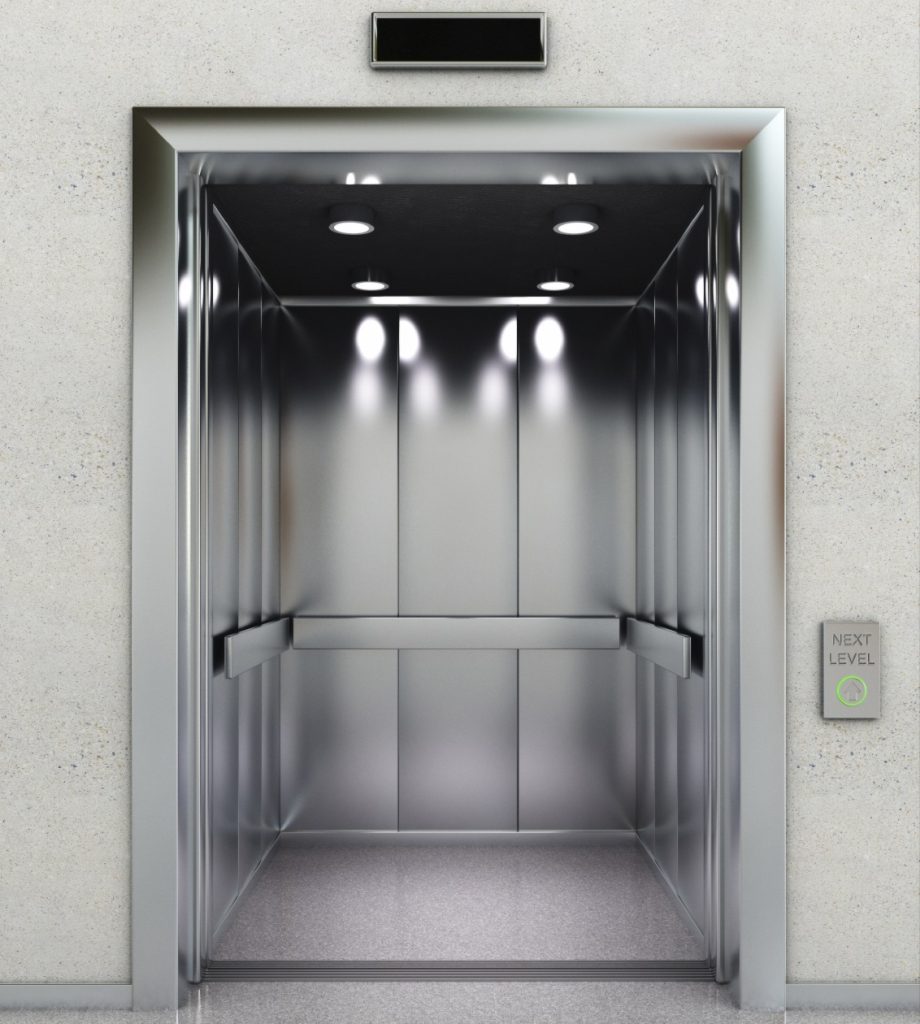Lift

Lifts, also known as elevators, are vertical transportation systems designed to move people or goods between different levels of a building. Here’s a brief overview:
– **Functionality:** Lifts are powered by electric motors or hydraulic systems and operate within enclosed shafts or hoistways. They typically consist of a car (cab) that travels vertically along guide rails, controlled by a system of cables, pulleys, and counterweights.
– **Types:** There are various types of lifts, including passenger lifts for carrying people, freight lifts for transporting goods or heavy loads, and specialized lifts such as wheelchair lifts for accessibility.
– **Safety:** Lifts are equipped with numerous safety features to protect passengers and prevent accidents, including door interlocks, emergency stop buttons, overspeed governors, and buffer systems to cushion the car in case of a fall.
– **Benefits:** Lifts offer numerous benefits, including improved accessibility for people with mobility issues, increased efficiency in multi-story buildings, space savings compared to staircases, and enhanced property value.
– **Installation and Maintenance:** Lift installation requires careful planning and adherence to building codes and safety regulations. Regular maintenance and inspections are essential to ensure safe and reliable operation.
Overall, lifts play a crucial role in modern buildings, providing convenient and efficient vertical transportation for occupants and goods while prioritizing safety and accessibility.

